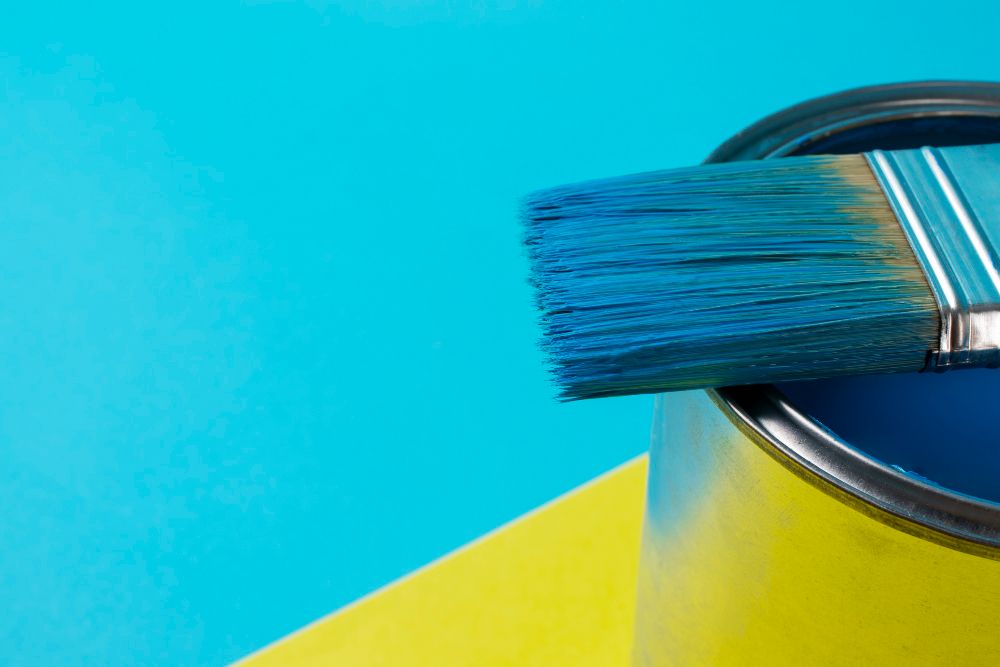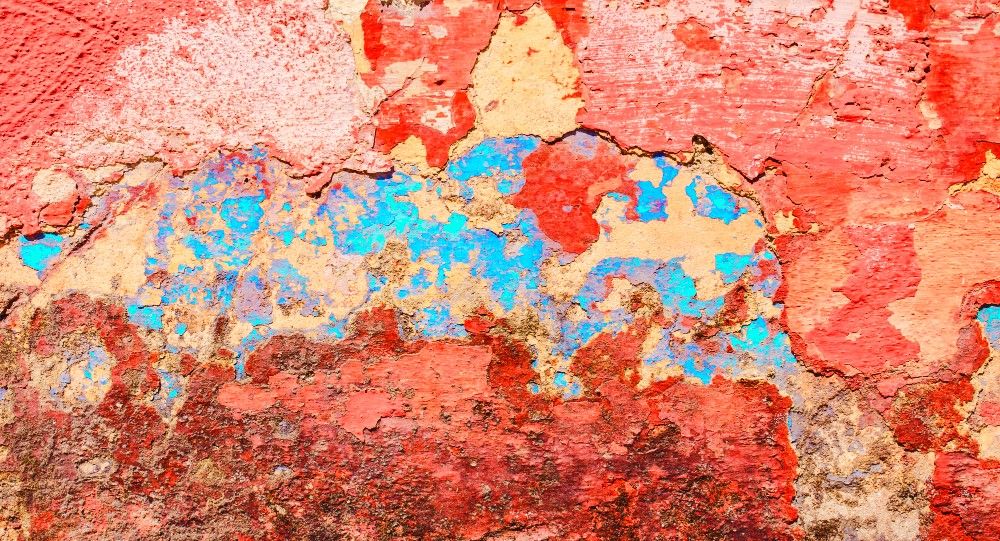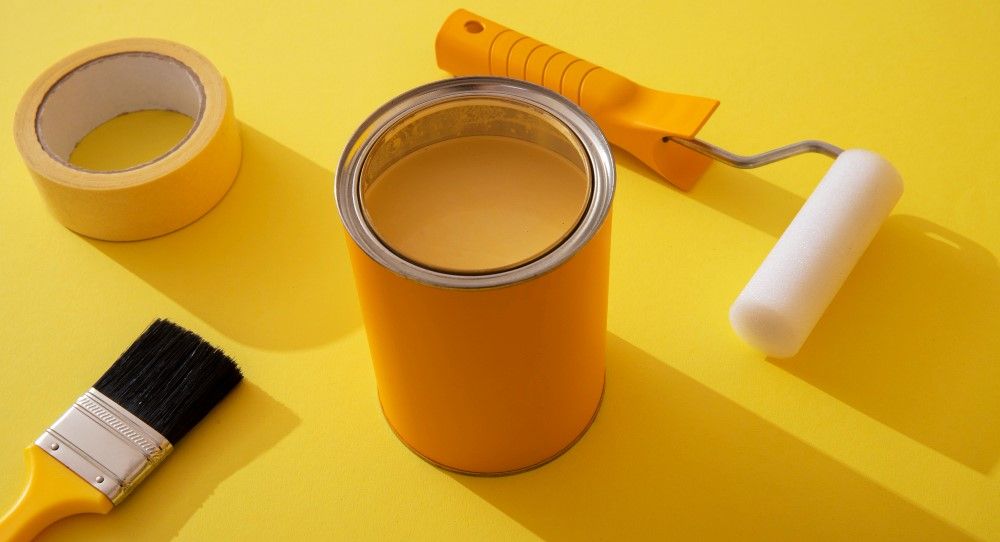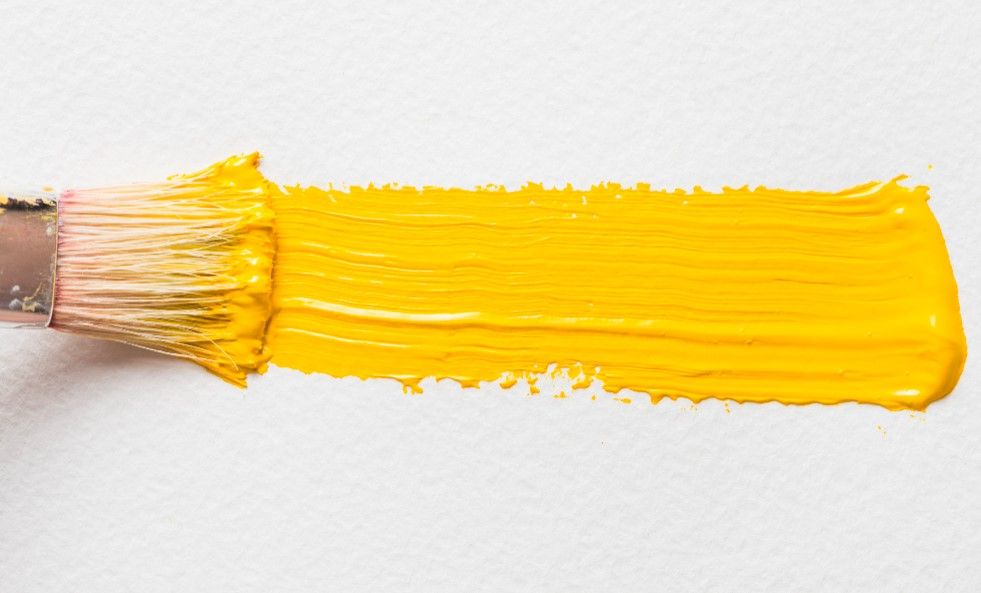Nanomaterial Additives Form Self-Cleaning Paint
Nanotechnology can provide coatings which capture airborne contaminants and then boost their breakdown.

In what may sound like a house painter’s nightmare, nanotechnology researchers have developed a nanomaterial additive for making self-cleaning paint.
It is a discovery which could minimise the need to repaint walls while helping to remove toxic pollutants from the air. Moreover, the process is environmentally friendly as it is made from recycled materials with a chemical reaction powered by natural sunlight.
Indoor air pollution can pose significant dangers to human health. Common sources of indoor air pollution include tobacco smoke, mould, pet hair, and household cleaning products. These pollutants can lead to respiratory issues, allergies, and even more serious conditions like asthma and lung cancer. Poor indoor air quality can also exacerbate existing health problems and impact overall well-being.

To combat this health risk, the researchers from TU Wien and the Università Politecnica delle Marche in Italy cooperated to employ special titanium oxide nanoparticles which could be added to regular commercial house paint. The nanomaterials have the ability to capture air particles and then aid their decomposition.
“For years, people have been trying to use customized wall paints to clean the air,” explains Prof. Günther Rupprechter from the Institute of Materials Chemistry at TU Wien who led the research. “Titanium oxide nanoparticles are particularly interesting in this context. They can bind and break down a wide range of pollutants.”
However, simply adding titanium oxide nanoparticles to paint would impact the paints lifespan. While the nano-additives would breakdown contaminants, they would also cause instability in the paint, and increase the likelihood of cracking. Volatile organic compounds which can be harmful to health could also be released, while the paint would slowly fade to grey.

To overcome this issue, the researchers worked on the fact that the nanoparticles can clean themselves if they are irradiated with UV light. As the TU Wien press release explains, “Titanium oxide is a so-called photocatalyst – a material that enables chemical reactions when exposed to suitable light. The UV radiation creates free charge carriers in the particles, which induce decomposition of the trapped pollutants from air into small parts and their release. In this way, the pollutants are rendered harmless, but do not remain permanently attached to the wall paint. The wall colour remains stable in the long term.”
But bathing a wall with UV light is an expensive and impractical solution for a self-cleaning paint.
“Our goal was therefore to modify these particles in such a way that the photocatalytic effect can also be induced by ordinary sunlight,” says Rupprechter.
This is accomplished by incorporating extra atoms, such as carbon, nitrogen, and phosphorus, into the titanium oxide nanoparticles. Consequently, the light frequencies that the particles are able to absorb shift, meaning that photocatalysis is triggered by regular sunlight and not just UV radiation.
“We have now investigated this phenomenon in great detail using a variety of different surface and nanoparticle analysis methods,” notes Qaisar Maqbool, the study’s first author. “In this way, we were able to show exactly how these particles behave, before and after they were added to the wall paint.”

The results, now published in the American Chemical Society journal Catalysis were surprising, with the researchers reporting that, “When added to water-based polymeric paints, PNC-doped TiO2-NPs were able to photocatalytically remove 96% of the surface-adsorbed pollutants under natural sunlight and/or UV, paralleled by excellent stability in paint formulations, as confirmed by micro-FTIR surface analysis.”
The nanomaterial additives are also non-harmful to the environment, as they are sourced from recycled materials.
“Metal and organic wastes were used as potential raw materials to produce PNC-doped TiO2 nanoparticles (NPs),” states the study. “The use of sulfuric acid and high-temperature annealing may seem somewhat incompatible with the concept of green chemistry. However, when considering the broader context of heterogeneous waste reduction, resource conservation, and energy efficiency, the synthesis method presented herein follows most green chemistry principles.”
“In catalysis, for example, precious metals such as platinum or gold are used,” says Rupprechter. “In our case, however, elements that are readily available from everywhere are sufficient: To obtain phosphorus, nitrogen and carbon, we have used dried fallen leaves from olive trees, and the titanium for the titanium oxide nanoparticles was obtained from metal waste, which is normally simply thrown away.”

The possibility of self-cleaning paint would be a huge economic and aesthetic benefit to both homeowners and businesses alike. The ability to capture and decompose dirt, grime, and other contaminants, to keep surfaces looking clean and fresh for longer periods of time would save billions of dollars globally each year.
Additionally, self-cleaning paint would help improve indoor air quality by removing contaminants and reducing the growth of mould on walls and ceilings.
Nanomaterials have already been successfully added to coatings to provide properties such as crack resistance, electrical conductivity, thermal conductivity with uniform heat dissipation, and improved energy efficiency. If nanotechnology research can also add self-cleaning as another benefit, then it won’t be long before nanomaterial additives in paint will be a standard feature in homes and businesses all over the world.
Photo credit: Freepik, Luquestock, Freepik, Freepik, & Freepik

